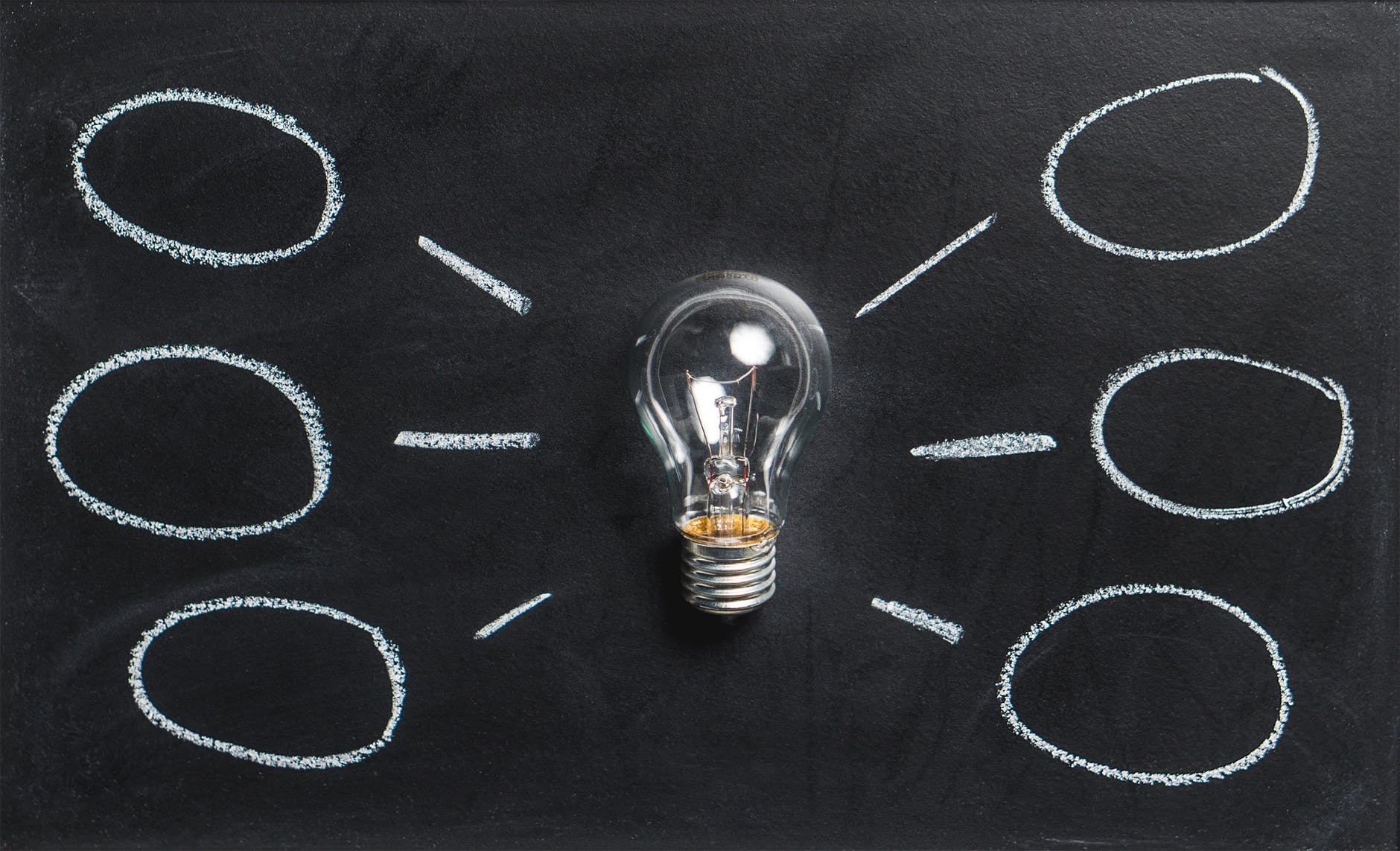Energy efficiency (EE) is replacing inefficient equipment or appliances with a similar device that uses less energy to perform the same function or task with the same degree of performance or service.
Energy conservation is any behavior that results in the use of less energy.
An example, turning the lights off is energy conservation while replacing a CFL bulb a more efficient LED with the same light output is an energy efficiency measure.
Energy tip: The least expensive energy and the most environmental benefit is the energy not used. When something is not in use turn it off.
Turning off a single LED light will not in and of itself save you any significant energy or money or avoid substantial CO2 emissions. A single LED light may cost around 15 cents per day. But it is the snowball effect that will add up over time when you start turning things off. The USDOE estimates that not turning off your appliances and lights when not in use can cost around $100 per year.
You can put your computer to sleep or power down your cable box when not in use. These are the biggest energy uses when not on.
When not in use appliances can still use energy. The USDOE estimates about 5% of your household bill is spent on vampire loads that go to maintain the clock or programing of appliance that are turned off. That is about 425 kWh/year or $70/year or 225 pounds of CO2/year.
One when to manage vampire loads is to use advanced power strips (APS). The USDOE estimates that a homeowner could save $200 per years using APS. See – https://www.energy.gov/energysaver/articles/choose-right-advanced-power-strip-you
An electric meter call “Kill-A-Watt allows you to monitor a devices energy use even when turned off or shutdown See http://www.p3international.com/products/energy-savers.html
